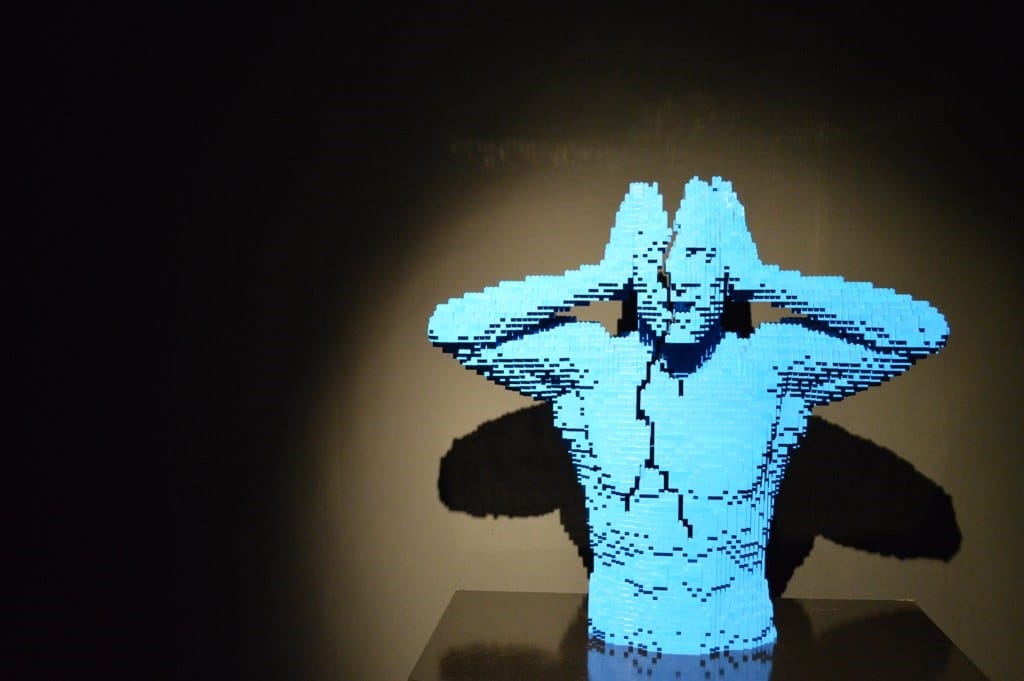
For people who suffer from episodic or chronic migraines, finding relief from the pain is often elusive, even with prescription medications. | Image Source: Flickr CC user Matt Brown
My friend Lydia has never forgotten her first migraine. It was July 1999 and she was 11. Her family was leaving on a trip to Australia in just two days, but the pain was so overwhelming that she could barely pack. After that first memorable experience, she continued to struggle with migraines for years, vomiting up to three times per episode and fighting through day-after hangovers so bad that even nodding her head hurt.
Lydia’s migraines typically lasted about four hours and always included optical migraines (also called aura) that caused visual distortions, followed by a splitting headache, nausea, and vomiting. When Lydia and I met in our first semester of college, she still hadn’t found an effective treatment. But now there’s mounting evidence that ayahuasca and dimethyltryptamine (DMT) may offer relief for migraine sufferers.
Cluster Headaches, Migraines, and Psychedelics
The concept of treating headaches with psychedelics is not entirely new. Cluster headaches have seen a lot of psychedelic press in the last decade thanks to a 2006 study published in Neurology that showed psilocybin and LSD effectively treated the headaches in the majority of study participants. Migraines like Lydia’s are different from cluster headaches, which are rarer and so intense that they’re often known as “suicide headaches.”
Compared to cluster headaches, there have been no clinical trials or peer-reviewed studies published on the effects of psychedelics on chronic and episodic migraines — but that doesn’t mean people aren’t experimenting on their own. In my early college years with Lydia, the Amazonian psychedelic brew ayahuasca was not as well known for its healing properties to treat a variety of illnesses, but nowadays, there’s evidence that ayahuasca and isolated DMT — one of the principal psychoactive ingredients in ayahuasca — could treat migraines like the ones my friend has experienced for most of her life.
Why DMT and Ayahuasca Make Sense for Migraine Treatment
In a 1996 newsletter from MAPS, neuroscience researcher Dr. Ethan Russo (who has published several studies on the use of cannabis to treat migraines) reported that his research was looking into ethnobotanical treatments for migraines in the Northwest Amazon. Along with other plant substances, Russo proposed to study the efficacy of DMT to treat migraines, reasoning that DMT’s role as a serotonin receptor agonist — meaning it behaves similarly to serotonin, binding to the same receptors in our brains — could make it an effective treatment for migraines. Unfortunately, the funding for the study was cut before research could begin, but Dr. Russo’s reasoning still stands that DMT and ayahuasca could be an effective alternative to prescription medications.
Online forums like Mycotopia, DMT Nexus, and Hip Forums abound with accounts from people who report using DMT or ayahuasca to great success. One contributor to the Shroomery forum, who was particularly concerned about using narcotics, shared that 20 mg of DMT reduced his migraine by 95% within ten minutes of smoking it.
Better Than Prescription Drugs?
It’s helpful to look at popular migraine medications to understand why DMT and ayahuasca might offer effective treatment for migraines. Sumatriptan, a tryptamine-based drug sold under brand names like Imitrex and Alsuma, is the pharmaceutical most commonly prescribed to treat migraines. Interestingly, sumatriptan is comprised of some ingredients that will look familiar to any psychonaut worth their salt: DMT, 5-MeO-DMT, and bufotenine, the psychoactive alkaloid found in Bufo toads. Like DMT, sumatriptan is also a serotonin receptor agonist, known to narrow blood vessels in the head and prevent pain signals from reaching the brain.
For people worried about negative side effects from pharmaceutical prescriptions, ayahuasca could prove to be an ideal alternative. Graham Hancock, a psychedelic researcher known for his banned TED talk on ayahuasca, credits the brew with giving him months of relief from the chronic headaches that plagued him since the age of 17. On his website, he shared that ayahuasca treatments — all told, about 15 administered over the course of two years — led to a major decrease in episodes and greatly reduced his need for sumatriptan injections.
His desire to cut back on prescriptions is one shared by many, and there are several reasons why psychedelics like ayahuasca and DMT are a preferred treatment:
- Ayahuasca and DMT don’t have withdrawal effects, meaning you can stop using them whenever you want. It’s debated among practitioners whether DMT can acutely treat migraines or if it should be used as a preventive tool — some say it instantly decreases their migraines, while others prefer not to use it as an acute treatment. For people who don’t want to risk using psychedelics during actual migraine episodes, it’s helpful that they can still dose intermittently without suffering from withdrawal from their prescription drugs.
- Because you use it intermittently, the side effects don’t take over your daily life. Of course, there are side effects to using both DMT and ayahuasca, but they only last for the length of a single experience. For many, this is preferable to the daily onslaught of prescription drug side effects, like one guest writer on Harvard’s Health Blog who found relief with his prescriptions but reported constant fatigue due to his daily mix of medications.
Choosing Between Ayahuasca and DMT
Deciding between ayahuasca and DMT mostly comes down to differences in legality and how you prefer to administer your medicine:
As seen from the chart above, isolated DMT is illegal in most countries around the world, while ayahuasca ceremonies are widely available in countries like Peru, Bolivia, and Brazil. Another benefit of ayahuasca comes from the MAO-inhibitors found in the B. caapi vine (the other ingredient in ayahuasca besides the DMT-containing chakruna plant), which make DMT orally available for ingestion. In contrast, DMT by itself is not orally active, but it can be smoked.
One benefit of DMT is that it’s a much shorter experience at an average of fifteen minutes, compared to the two to six-hour-long ayahuasca experience, which can also involve vomiting and sometimes diarrhea. However, taking either will also almost always includes visual hallucinations — these distortions of reality are beautiful for many people, but can also be unnerving for others.
The reality is that migraines are a complicated problem and psychedelics like DMT and ayahuasca might not work for everyone. As Dr. Joel Saper, the medical advisory board chair for the Migraine Research Foundation put it, “There is no condition of such magnitude — yet so shrouded in myth, misinformation, and mistreatment — as migraines.” Luckily, the multitude of personal stories cropping up shed some needed light on the possibility of using DMT and ayahuasca as an alternative migraine treatment. Now we’re just waiting to see if science will back the stories up.

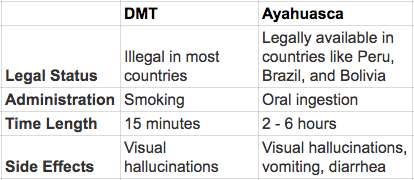
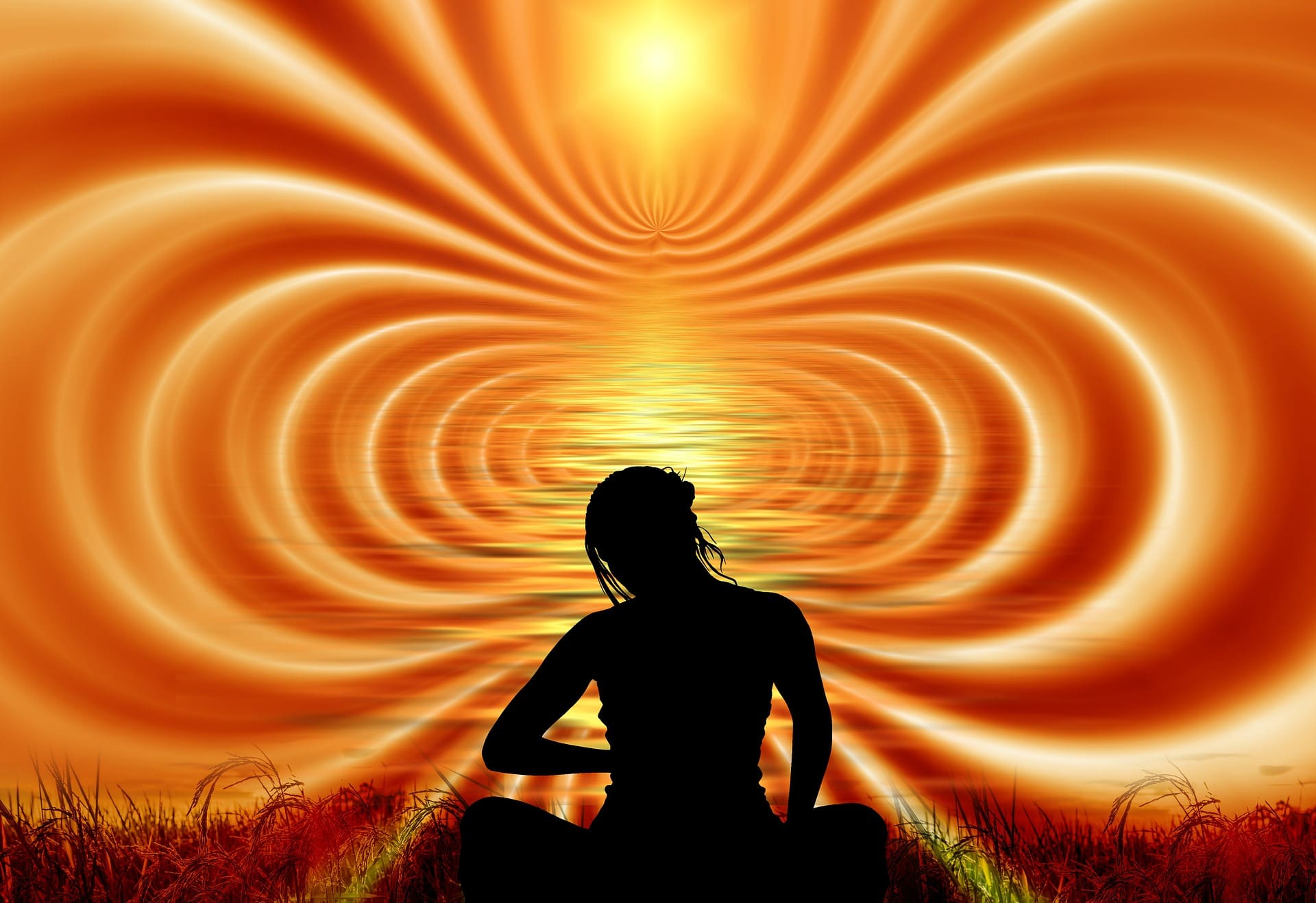
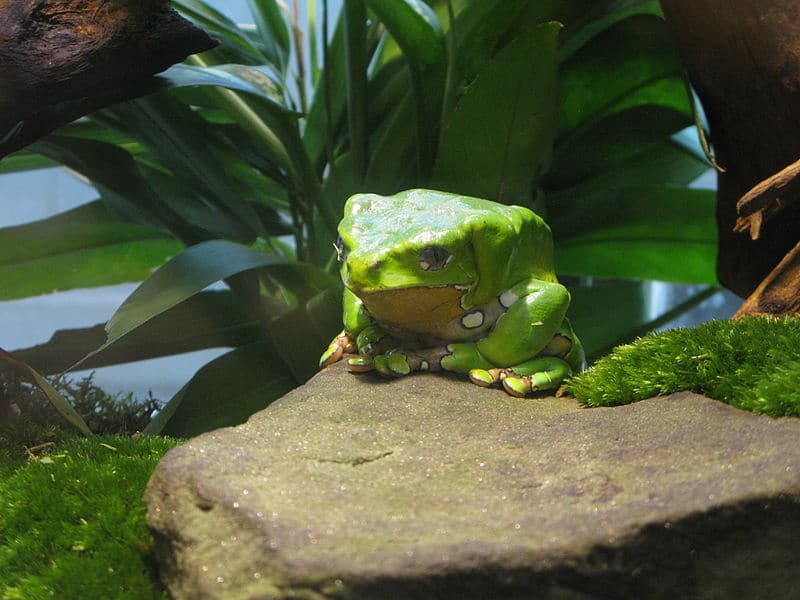

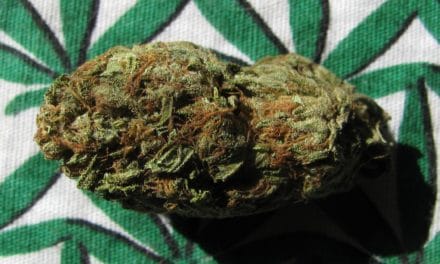





STOP! STOP! STOP!
Here can you buy “topamax” name at a decent price!!!
Take my personalized promo code discount ( qi-9824 )
topamax: »CLICK HERE ( https://qi-9824.tumblr.com )
https://uploads.disquscdn.com/images/721f2e75ae29218bc9889744cfb3aca9bb97b589914bd37d85502f65135527b2.jpg
I have been using DMT to treat acute cluster headaches for 2 years. I am in the beginning of my third cycle since discovering this medicine, and I can honestly say for the first time in 12 years: I am no longer afraid of the Beast! I no longer have any desire to end my life (which I previously thought would be the only solution). I can work, I can love, I can enjoy any given moment, without the terror that the headache may bring me to my knees. I owe my life to this medicine!
It should be noted that DMT can be infused into e-cigarette vape juice. No smoke, no nicotine, just pain relief at a highly controlled dosage (and it looks very discrete!). Most CH/migraine sufferers have no interest in the psychedelic experience, and I’m here to tell you that you do not need to hallucinate in order to abort your headache! I’ve infused a DMT juice that delivers 5mg of DMT per hit (a full 10-second hit, less could still be used with shorter duration). One hit typically kills the headache within 20 seconds. Are you still with me? ERADICATES the headache in 20 SECONDS! If the attack is particularly strong, sometimes I need to take another hit. Even if this is the case, we are talking about 10mg of DMT. Most recreational users recommend 20-30mg for visual effects; at 10mg you are extremely unlikely to experience much shift in perception, if any, but that should be more than enough to literally POP and CRACK that pressure right out of your brain. Your ears may pop as though you’ve changed elevation rapidly, your head will then subside its throbbing stabs of agony, and you’ll be more than sober enough to drive again in 15-20 minutes.
Driving with a cluster headache is dangerous; it’s extremely hard to see, think, and react in time. Driving under the influence of drugs is equally (or typically more) dangerous. The prescription drugs available for CH have long-lasting cognitive side effects, meaning your ability to safely drive a vehicle is always compromised during a cluster cycle (and we’ve all got places to go and stuff to do). Before DMT, I lost count of how many times I pulled my car over and endured the headache for 1-2 hours before getting back on the road (and who has time for that?!). Now I pull over, medicate, and can safely drive again within 20 minutes. With my vape juice method, I now know it’s going to be a non-psychoactive microdose each time and the natural fear response is just about gone. But if you’ve experienced the complete relief this chemical can offer, that fear is NOTHING compared to the cluster demon boring its way out of your skull.
Side effects? Your body may tingle (fingers/toes especially), you may hear a ringing sound in your ears, you may think objects are subtly moving or “breathing” for a few minutes. Your heart may beat faster than usual, you may feel a sort of adrenaline rush as though you are in danger, these sensations are normal and will fade in minutes. On the other hand, you may suddenly notice that it doesn’t hurt to SMILE anymore! You may feel better than you’ve felt in years. I cannot adequately describe the sensation of going from 10/10 pain to 0/10 in under a minute. People with chronic (or chronic/episodic) pain know that their definition of 10 continually expands as their pain gets worse over time. Many of these people have probably forgotten what 0 even feels like. I’m here to tell you it’s bliss! There is such a stark contrast between “kill me now!” and “wait, what headache?”
If you suffer from cluster headaches and know someone who has DMT, I say do your THOROUGH RESEARCH and then maybe try it in VERY SMALL DOSES. If you have DMT and you know someone who suffers from cluster headaches, I BEG YOU to make this medicine available to them! Take it from me, this chemical can take the Suicide out of the Suicide Headache, you may save a life by sharing it with someone in need. It’s not a cure, but in my humble opinion it is the BEST treatment you can find. I’ve shared this medicine with a friend who also has clusters, and he enjoys the same relief. I also know one person who has achieved relief from a 2-week migraine with my diluted vape juice. This person never tried a psychedelic drug in her life and never intends to, but 10mg of DMT made her headache disappear. She said she didn’t like the rush and the tingles (though she can understand why some people do), but those side effects were well worth the instant and lasting relief. She hasn’t had a migraine like that since then, but she’s happy knowing she has a way to deal with it.
I should also note that DMT has not been helpful to me for PREVENTING attacks (it is completely metabolized by the body in about an hour). The frequency/severity of attacks remains the same for me, my cycle lasts 2-3 months twice a year and builds from 1-a-day to 6-a-day, but with DMT I can end the pain of individual attacks at my leisure. Many people report very good preventative effects from Psilocybin and LSD, and though I have not personally had success with these chemicals I do recommend fellow clusterheads do some THOROUGH RESEARCH about these chemicals. They work for thousands of people, you may not need DMT at all, you may be able to skip a whole cycle with a small dose of mushrooms once a week for 3-4 weeks!
Spread the knowledge of this beautiful thing! The world must know!
This stuff is magic for pain relief and addiction relief. Like the other guy said, you don’t even need enough to experience visions.
For cravings it’s better than Chantix, similar effect but much stronger, more comprehensive (tobacco, cannabis and alcohol), and just from a single dose provided relief for several days without withdrawal side effects from cutting tobacco cold turkey, normally tobacco gives me a stronger and stronger headache until I break down and go smoke and this was like flipping a switch.
I was experiencing discontinuation syndrome for 6 weeks prior from prescriptions for ptsd insomnia and nerve pain from trigeminal neuralgia. I reduced the meds trying to wean off before experimenting with dmt. I got off half of them but couldn’t fully get off trazadone for some reason, was able to quit venlafaxine much easier.
Having never tried dmt, my first attempt I didn’t use enough to get visuals, but immediately noticed pains and migraine evaporate. Haven’t felt that normal in 6 years. Had energy to do other things, will power, but yet cool calm and collected.
It’s like skim coating your brain, patching pot holes and rebuilding connections so everything works smoothly.
Krombopolous
I too suffer from CCH.
I would like to know more about your vape juice method. I need to keep this as low key as possible and a glass pipe and a lighter is simply not in the cards.
Thank you so much for this sacred knowledge you have no idea how I have been looking for for a way to stop my migraines that I have been suffering with since I was sixteen.
I have done DMT three times but did not know it could hep with my migraines I have been to so many Doctors with no avail so I found someone who has been helping me with Kambo its also effective it has helped but I have to go back for more every six months it helped easy them and I got fewer migraines but they became more intense.
I am truly grateful
LOVE AND LIGHT
MANY BLESSINGS